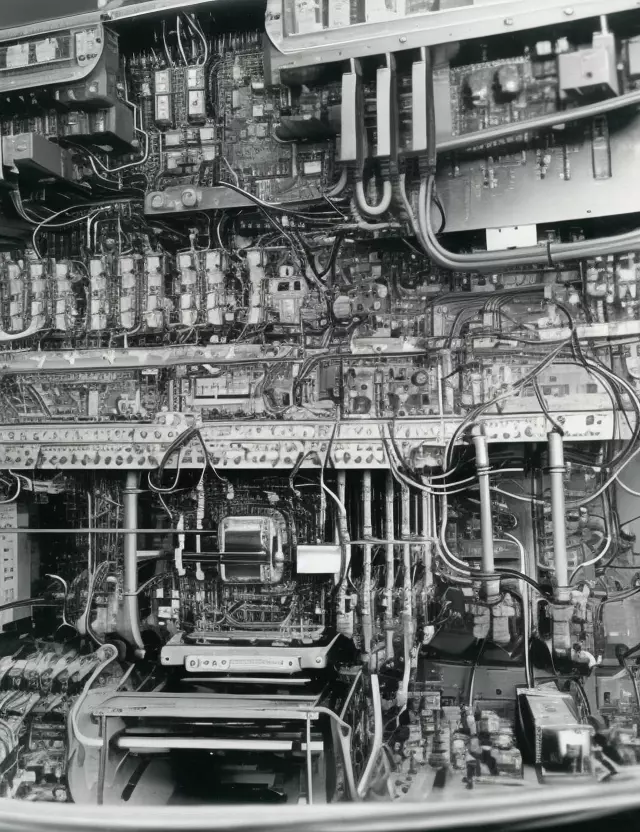Pivotal Moment in Electronics: Demonstration of the First Working Transistor by John Bardeen and Walter Brattain
Historical Breakthrough (1947-12-23)

Pivotal Moment in Electronics: Demonstration of the First Working Transistor
On December 23, 1947, a pivotal moment in the history of electronics unfolded as scientists John Bardeen and Walter Brattain at Bell Labs successfully demonstrated the first working transistor. This breakthrough marked a significant advancement in technology and laid the foundation for the widespread use of electronic devices that would shape the modern world.
Scientific Innovation at Bell Labs
Bell Labs, known for its pioneering research and development, became the site of a groundbreaking experiment that would change the course of electronics. John Bardeen and Walter Brattain, working under the guidance of physicist William Shockley, succeeded in creating a functional transistor, a device that could amplify electrical signals and serve as a building block for electronic circuits.
Significance of the Transistor
The successful demonstration of the first transistor was a watershed moment in electronics. Transistors replaced bulky and less efficient vacuum tubes, offering a more compact and reliable solution for signal amplification. This breakthrough paved the way for the miniaturization of electronic components, leading to the development of smaller and more powerful electronic devices.
Transformative Impact
The introduction of the transistor had a transformative impact on various industries, including telecommunications, computing, and entertainment. The ability to create smaller and more efficient electronic devices revolutionized the design and functionality of radios, televisions, computers, and countless other technologies. The transistor became a cornerstone of modern electronics.
Legacy of Technological Advancement
As we reflect on December 23, 1947, we recognize the enduring legacy of John Bardeen and Walter Brattain's achievement. The invention of the transistor not only revolutionized the field of electronics but also set the stage for the ongoing progress and innovation that continue to shape the digital age. The transistor remains a symbol of human ingenuity and the boundless possibilities of scientific discovery.



